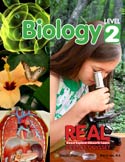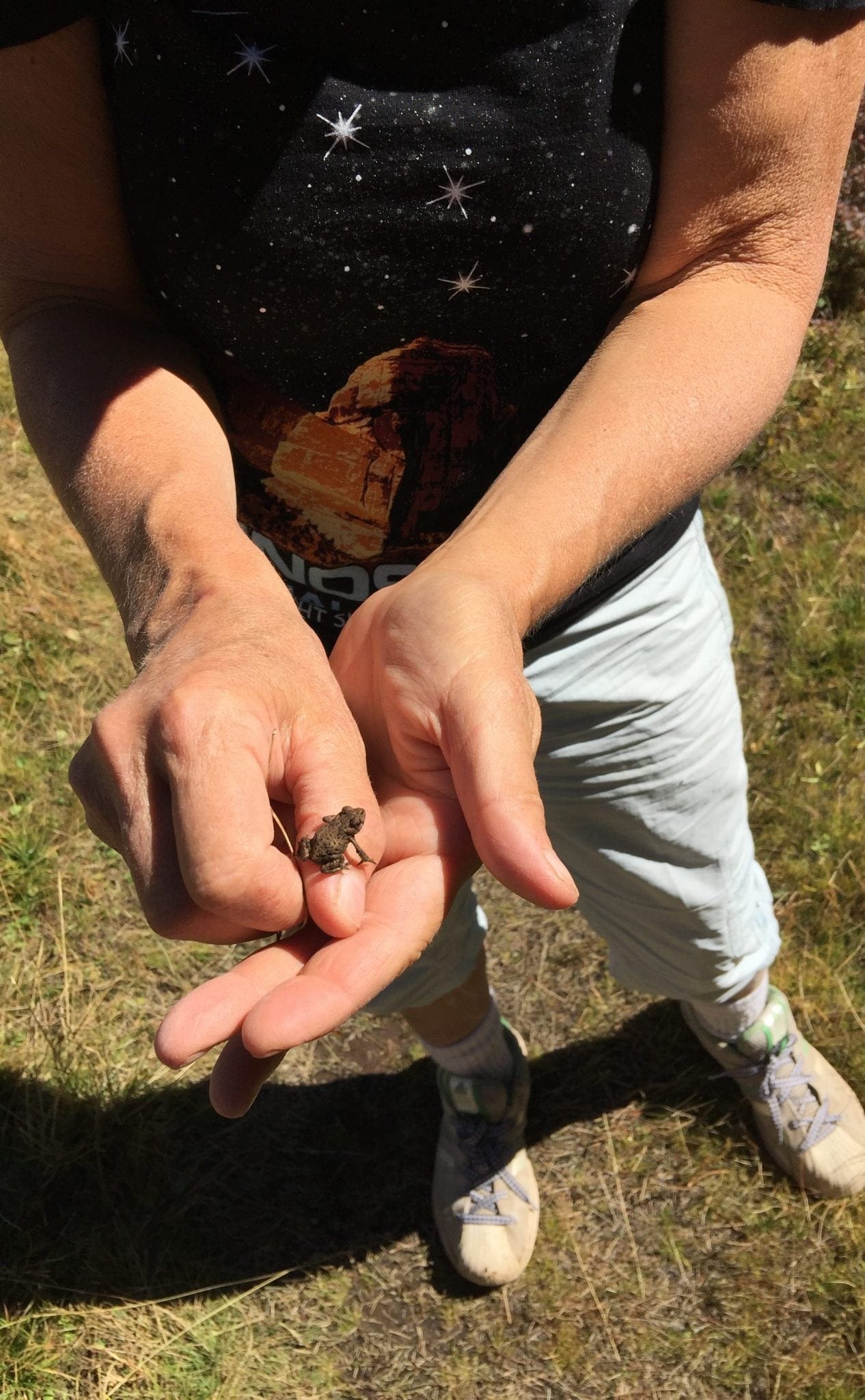
I received an email asking about how the material list is affected when teaching a co-op with RSO Chemistry 1. I thought it was a question that deserved an answer for RSO Biology 2 as well. My goal with this series is to make it easier for anyone who wants to teach a science co-op. Teaching is a LOT of work. I respect the time and energy you as an educator are taking to teach science and this is my way of making it a little easier for you.
Note 1: You are going to have to match the lab with the week. I changed the weeks where some of the labs are performed for a co-op class from the order they occur in the book.
Note 2: No change means there is no change to the quantities as listed in the Material List in the Student Guide and Teacher’s Guide for that week.
Note 3: I am assuming every student has their own text.
Note 4: Microscope supplies – you will need a quantity of microscope supplies for a class. I bought a box of slides and slide covers at the start of the year, cleaned those that could be cleaned over the course of the year, and disposed of those that couldn’t. At the end of the year I threw them all away. I will assume you have a large enough quantity of general microscope materials each week for your entire class. I will only list changes for materials specific to that experiment.
| Week | Changes to Material List |
| 1 | The plot study lab: You will want multiples of – tape measures, graph paper, clip boards, markers for plots |
| 2 | Microscope techniques: 1 – 3 corks, 1 X-Acto knife per 4 students, 1 syringe per 4 – 6 students, 1 tweezers per 4 – 6 students, 1 plastic spoon per person |
| 3 | Cell model: 1 glue per 5 – 6 students, 1 ruler per 5 – 6 students, extra toothpicks |
| 4 | Chapter 4: multiple colored pencils, 1 syringe per 4 – 6 students |
| 5 | Diffusion: Are you going to teach this as one large experiment for the entire class toobserve or an experiment each student takes home? That affects the material list.
Microscope: 1 corn kernel per person, the same as for above – when you gather multiples of things like syringes make sure they stay in class for the duration of the co-op. |
| 6 | Photosynthesis/Cellular respiration: * 1 plant for the group (do not change this), 1 piece of fruit/vegetable per person |
| 7 | DNA lab: (LOL people hate or love marshmallow labs! They are cheap. I am sorry if you hate them. Any other ingredient makes this lab much more expensive. I am vegan, so trust me I get the entire anti-marshmallow thing. Just warning you, some parents are sure to complain. I get emails about this ingredient on my material list.) Multiply the number of marshmallows, beads, toothpicks, skewers, and pipe cleaners by the number of students. |
| 8 | Mitosis Poster: The supplies list depends on whether students do this at home or in class. If they do it in class, you will need multiples of poster board, marshmallows, pipe cleaners, yarn, and beads.
Microscope 7: 1 sports drink per student, 1 cup or glass per student |
| 9 | No change |
| 10 | Activity 10: 1 coin per student
Microscope 10: No change |
| 11 | Frog dissection: 1 frog per student, 1 set of dissecting tools for every 1 – 2 students*** Not all students will do this dissection. Make sure they will BEFORE purchasing frogs. |
| 12 | Plant dissection: 1 plant per student (if students are not working in groups, use 1 plant per student.) |
| 13 | Flower dissection: 1 flower per group (if students are not working in groups, use 1 flower per student.) |
| 14 | Labs 14 – 1 & 2: Multiply the number of lemons, wire, nails, pennies, calculators by the number of students. |
| 15 | 15 – 1: As many cardboard nail messages as you can for students (this is a very simple but fun lab), multiple blind folds
Microscope 15: No change 15 – 2: Multiply the number of bottles, coffee filters, gravel, sand, cotton balls by the number of students |
| 16 | 16 – 1: 1 flashlight per pair of students |
| 17 | Microscope 17: 1 needle per person
17 – 2: 2 balloons per student, multiple tape measures or measuring sticks |
| 18 | Lab 18: Multiply the number of chicken wings, gloves, and dissection tools by the number of students |
| 19 | 19 – 1: No change
17 – 1: Multiply the number of bottles, tubing, X-Acto knives by the number of students |
| 20 | Microscope 20: Both of these labsrequire some thought about you want to run them for a class. By the time you get to these labs you will have a good idea how best to run them. For the microscope lab, will each student make their own slide and look at the slides of other people? In that case you need 1 insect per student. Or will you make the slides and have students look at them without preparing the slides? In this case the number of insects needed varies from two to as many as you want for comparison.
Lab 20: Where you do this lab determines whether there are changes to the material list. If done outside there are NO changes. If done inside you need 1 set of materials per student. Alternatively you could make the timeline as a mural, with all students working on it together. |
| 21 | Microscope 21: No change
Lab 21: Multiply the number of pompoms by the number of people who will be performing the experiment at the same time. |
| 22 | Lab 22: Multiply the amounts of supplies by the number of students
Microscope Lab 22: No change |
| 23 | Lab 23: Multiply the number of sheets of construction paper by the number of students
Microscope Lab 23: No change |
| 24 | Lab 24: Have parents help by bringing in supplies for their student’s project
Microscope Lab 24: No change |
| 25 | Lab 25: No change |
| 26 | Microscope Lab 25: 1 piece of grass per student
Lab 26: Multiply the amount of materials by the number of students Microscope Lab 26: No change |
| 27 | Microscope Lab 27: No change
Lab 27: a minimum of 1 plant per student, 1 container with a lid for each student to take home the watering solution (I make my own jelly, so I used canning jars which I have a lot of.) |
| 28 | Lab 28: Multiple students mean more students making dichotomous key mysteries – there is no change to your materials list |
| 29 | Lab 29: No change |
| 30 | Lab 30: No change |
| 31 | Microscope Lab 30: Enough leaves for students to each make their own slide
Lab 31 and Microscope Lab 31: It would be nice to have 1 set of specimens per student. It is not necessary though. Start Lab 32: 1 banana for every two students, 1 tsp yeast per student, 2 baggies per student |
| 32 | Microscope Lab 32: Multiply the number of mushrooms by the number of students, you also need multiple cutting boards and flashlights |
Pandia Press Biology 2
This post contains an affiliate link.
Read about teaching a science co-op here.

